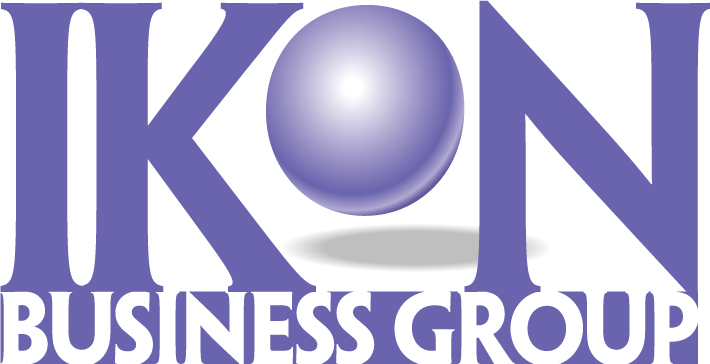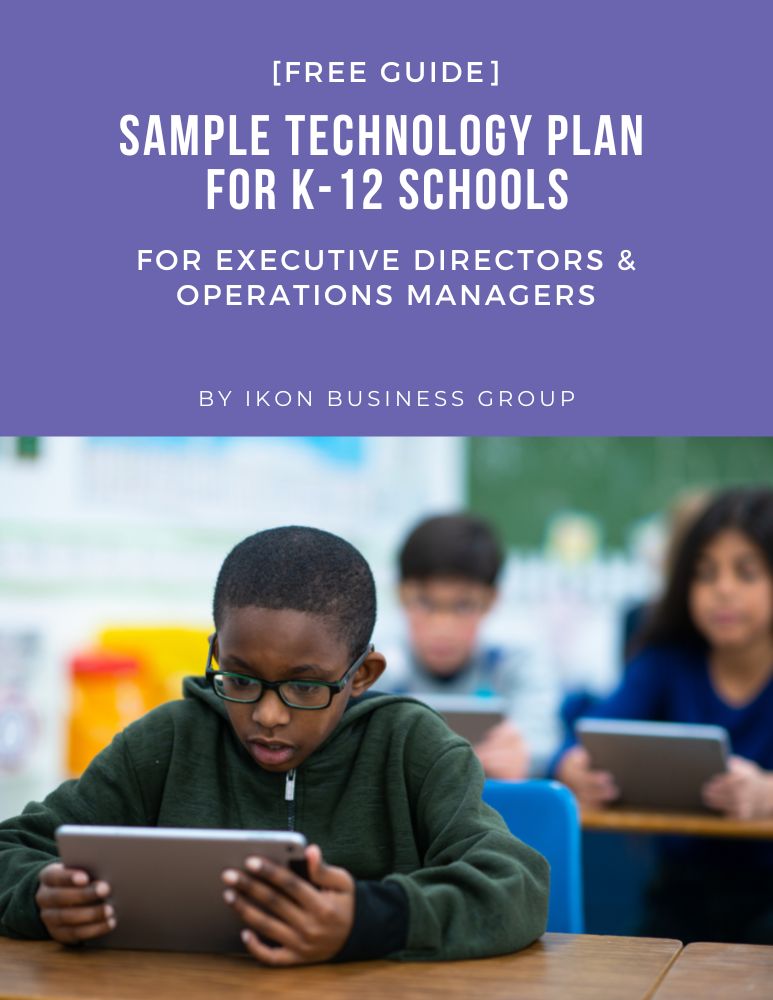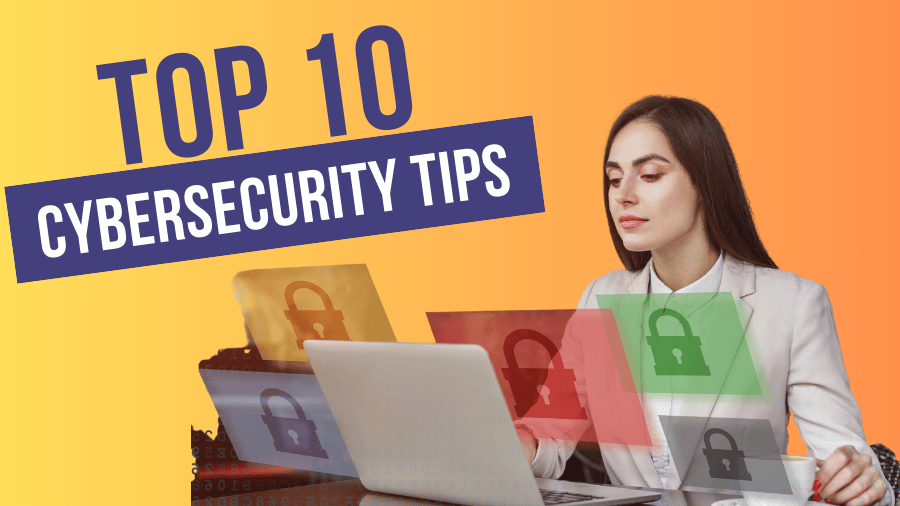In today’s digital world, teachers play a vital role in protecting student data. With cyberattacks on the rise in schools, it’s crucial for educators to adopt strong cybersecurity practices. Here are ten essential tips every teacher should follow to safeguard sensitive information and maintain a secure learning environment.
1. Be Aware of Social Engineering Techniques
Cybercriminals often use social engineering tactics like phishing to gain access to sensitive data. Stay vigilant when receiving unexpected emails or messages, especially those that request personal information or login credentials. Always verify the source before clicking on links or downloading attachments.
2. Use Strong Authentication Practices
Use multi-factor authentication (MFA) whenever possible, and create complex passwords for your accounts. Avoid using the same password across multiple platforms. Using MFA significantly reduces the risk of unauthorized access to school systems and personal data.
3. Keep Devices Updated
Regularly update your devices with the latest software and security patches. Hackers exploit outdated software to access systems. Ensuring your devices are up-to-date is one of the simplest ways to protect against vulnerabilities.
4. Use Anti-Virus Software and Scan Devices Often
Install reputable anti-virus software and perform regular scans on your devices. This helps detect and remove malware, keeping your computer and personal information secure. Schedule routine scans to ensure you catch potential threats early.
5. Encrypt Sensitive Information
Encryption is crucial when handling sensitive student data. By encrypting files and emails containing personal information, you add an extra layer of protection that prevents unauthorized access, even if data is intercepted.
6. Use Only Approved Software
Always use school-approved software and applications to avoid inadvertently introducing security risks. Unapproved programs can pose a threat to the school network and compromise data privacy. IKON can help K-12 schools identify and implement secure, approved software solutions to ensure student data is protected.
7. Use Safe Browsing Strategies
Be cautious while browsing the internet. Avoid clicking on suspicious links or visiting unverified websites. Using a secure web browser and enabling security settings helps reduce the risk of downloading malicious content.
8. Backup Your Data
Regularly back up your data to an external device or cloud service. In case of a ransomware attack or data loss, having a backup ensures you can quickly restore important information without paying hackers.
9. Never Leave Devices Unlocked or Unattended
Always lock your devices when not in use, even if you’re stepping away for just a moment. Unattended, unlocked devices are vulnerable to unauthorized access. Develop the habit of locking screens to safeguard student information.
10. Avoid Public Wi-Fi
Public Wi-Fi networks are often insecure and can be easily exploited by hackers to intercept data. Avoid accessing sensitive information or logging into school accounts when connected to public Wi-Fi. Use a virtual private network (VPN) for a more secure connection if you need to access school systems remotely.
How IKON Edutech Group Can Help
Cybersecurity is a shared responsibility. While these tips are essential, teachers need ongoing support and training to keep up with the ever-evolving digital landscape. IKON Edutech Group provides comprehensive cybersecurity solutions and professional development for K-12 schools. We specialize in securing school networks, implementing robust data privacy measures, and equipping educators with the skills they need to safeguard student information.
Contact IKON Edutech Group today to learn how we can help your school enhance cybersecurity and protect student data privacy.


